You are here
Back to topSpanish Cherries Granted China Market Access
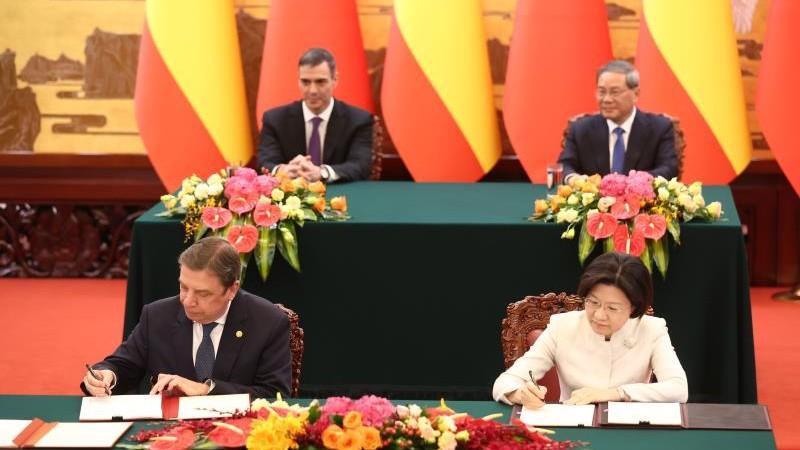
According to a news report published on the official website of the Spanish Federation of Associations of Producers and Exporters of Fruits, Vegetables, Flowers and Live Plants (FEPEX), during Spanish Prime Minister Pedro Sánchez’s state visit to China, Luis Planas, the country’s Minister of Agriculture, Fisheries and Food, signed a phytosanitary protocol with Sun Meijun, director general of the General Administration of Customs of China, for the import of Spanish cherries into China.
FEPEX stated that interested Spanish exporters can now sign up to a special registry to be launched soon by the Ministry of Agriculture, Fisheries and Food and complete the required compliance verification. Spain currently holds the distinction of being the European country authorized to export the widest variety of fruits to China, including citrus fruits (mandarins, oranges, grapefruits and lemons), peaches, plums, grapes and persimmons.
In recent years, Spain’s cherry cultivation area has grown significantly, particularly in the Aragon region, the primary production area. Located in northeastern Spain bordering France, Aragon has approximately 13,250 hectares of cherry orchards, accounting for over 40% of Spain’s total cherry production.
Owing to climate change, Spanish cherry production fluctuates greatly, with export volumes varying accordingly. The average export price is approximately 3.70 euros ($4.21) per kilogram. Between 2016 and 2022, the highest production occurred in 2021, reaching 127,000 metric tons, while the lowest was in 2020, at just 83,000 metric tons.
In 2023, Aragon’s cherry production reached 48,600 metric tons. However, in 2024, high temperatures during the flowering period caused a significant decline in local output. Spain’s total cherry exports in 2024 stood at 39,968 metric tons, of which 33,440 metric tons were sold to the European Union and 6,528 metric tons went to non-EU countries. The United Kingdom was the largest non-EU market, importing 5,725 metric tons, followed by Hong Kong with 103 metric tons and South Africa with 100 metric tons.
Image: FEPEX
This article was based on a Chinese article. Read the original article.



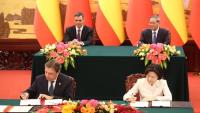
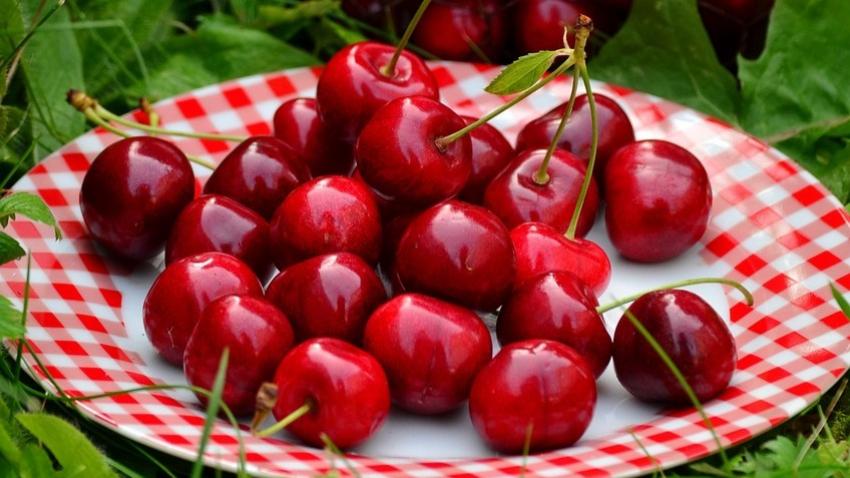
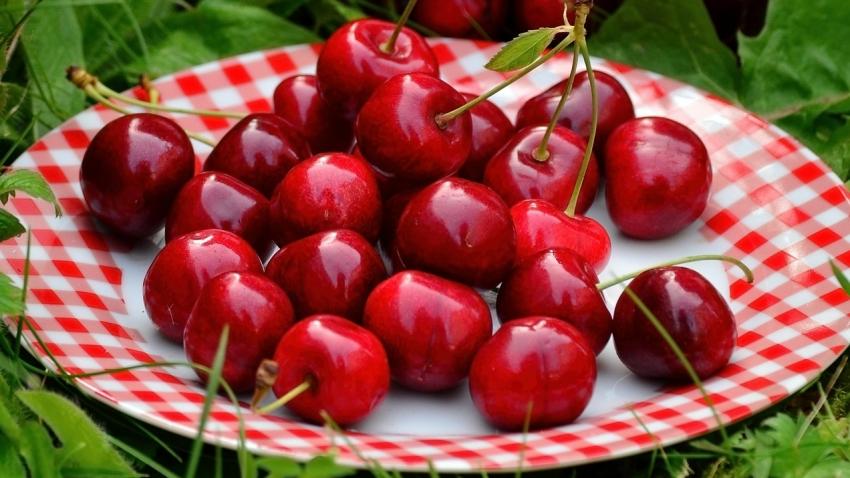
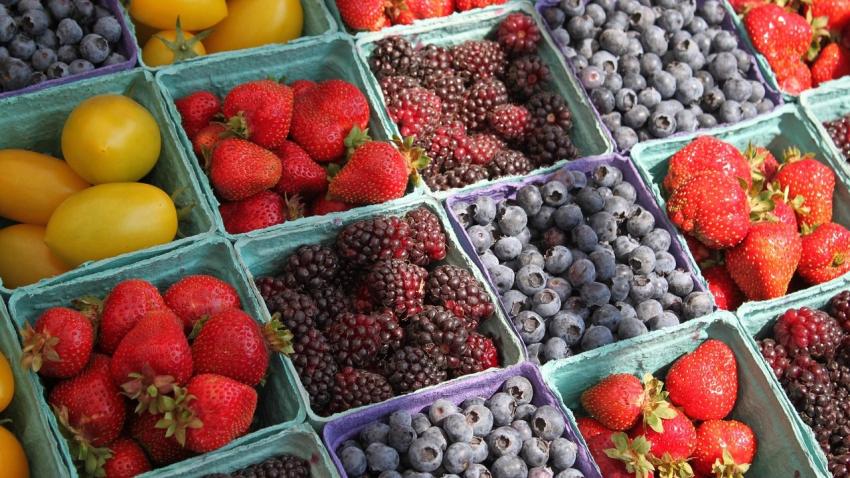

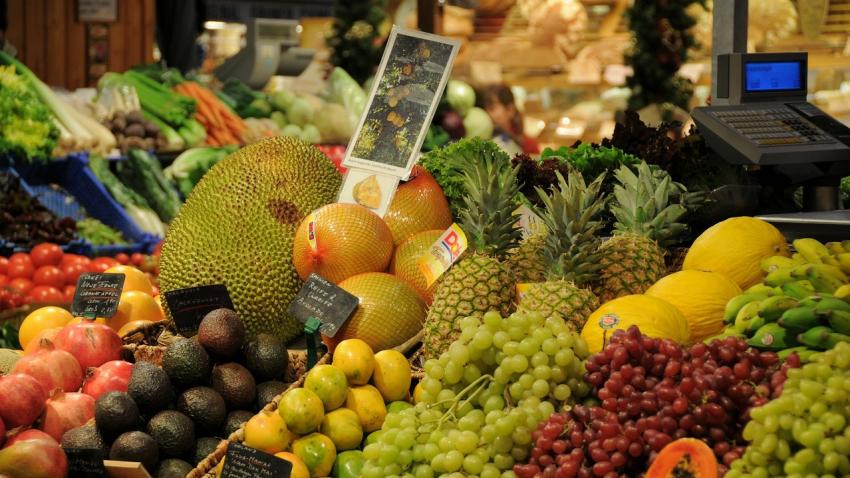
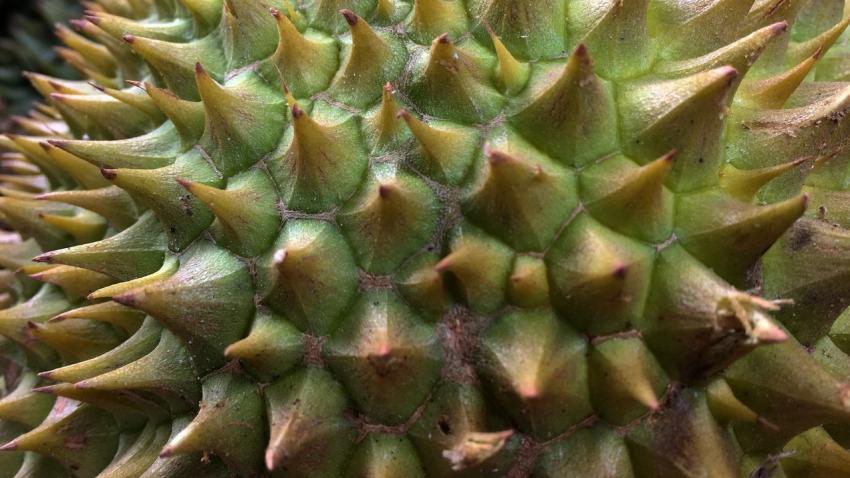





Add new comment